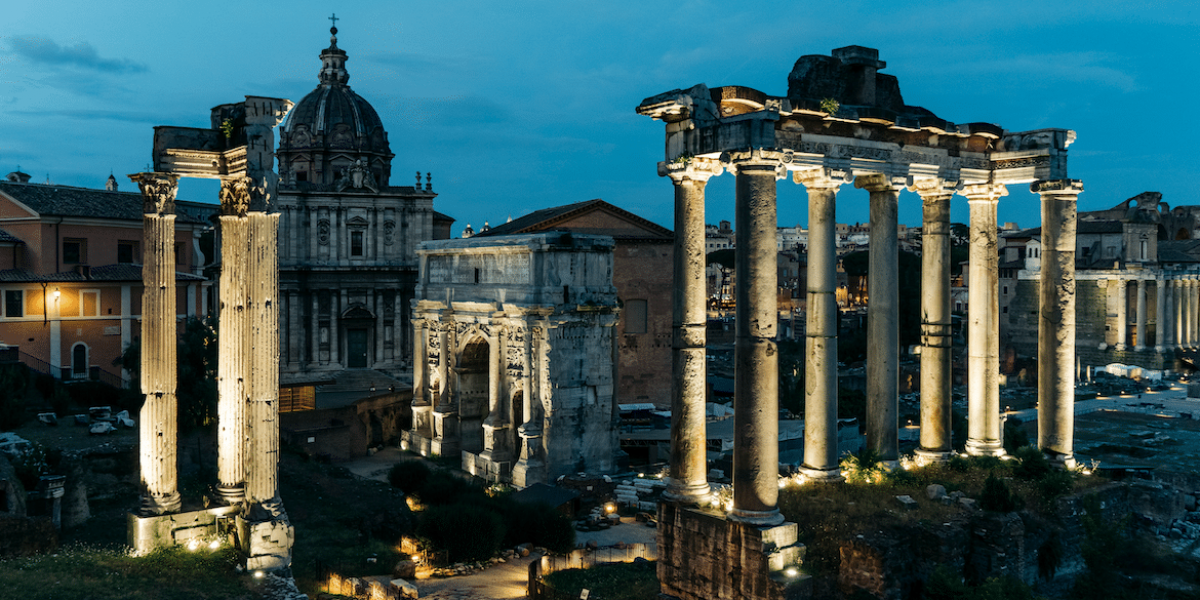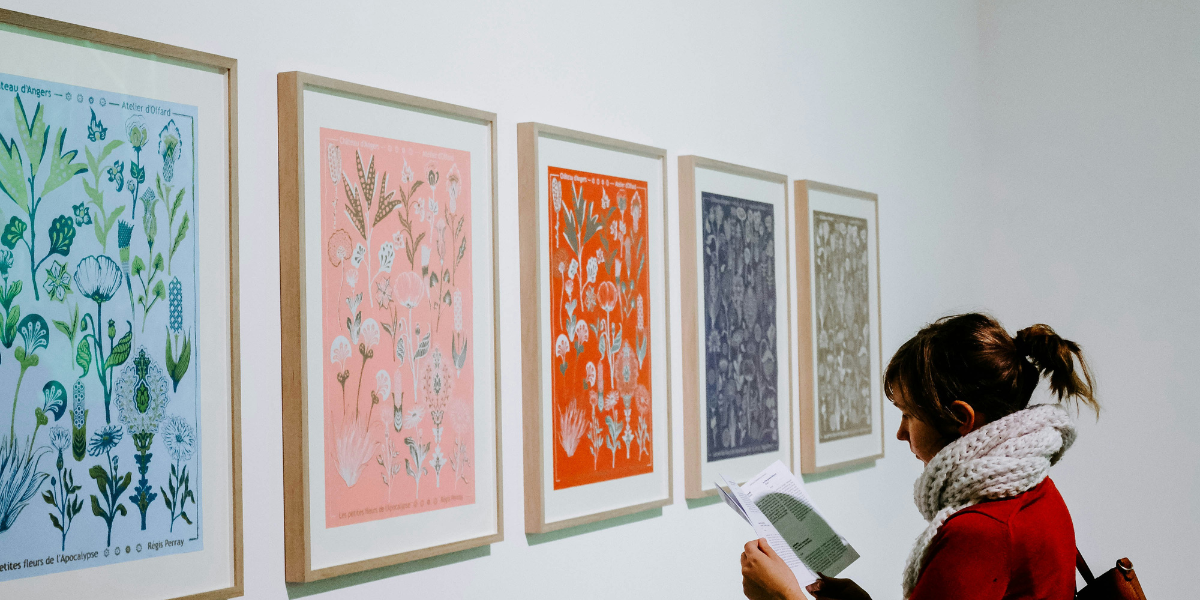Travelers often face a fascinating dilemma: exploring ancient ruins or immersing themselves in the stories of contemporary history. Both offer incredible opportunities for discovery, but they cater to different passions. How do you choose between walking among the echoes of ancient civilizations and diving into the vibrancy of more recent historical milestones?
What Makes Ancient Ruins So Captivating?
There’s something timeless about ancient ruins. The crumbling walls of old temples, the intricate carvings on weathered stones, and the sheer scale of these structures seem to transport travelers back in time. Ancient ruins allow visitors to glimpse the ingenuity and artistry of people who lived thousands of years ago.
The sense of mystery plays a significant role in their appeal. Who built these structures? What secrets did they leave behind? Sites like the Pyramids of Giza or Machu Picchu carry a mystical energy that sparks the imagination. Their durability through centuries of war, weather, and change adds to their allure, serving as reminders of the human spirit’s resilience.
But visiting ancient ruins isn’t just about admiring their beauty. They connect us to a shared past, offering insights into how ancient societies lived, worked, and worshiped. Even those who are not history buffs often find themselves awestruck by the stories etched into the stones of these sites.
Does Contemporary History Bring Us Closer to Our Identity?
While ancient ruins take us far into the past, contemporary history feels more relatable and tangible. These sites often reflect moments of revolution, innovation, and struggle that shaped the modern world. For many, visiting locations tied to recent events offers a chance to better understand their roots and identity.
Unlike ancient ruins, contemporary historical landmarks often come with photographs, recordings, and firsthand accounts that bring their stories to life. Travelers can walk the same streets where change-makers stood, see the buildings that witnessed monumental events, and gain a deeper appreciation for the modern era.
One of the great strengths of contemporary history is its ability to foster empathy. Visiting a site tied to a recent historical event can make the struggles and triumphs of others feel more personal. Whether it’s a memorial, a museum, or a preserved district, contemporary history invites reflection on the lessons we can carry forward into the future.
Can Ancient Ruins and Contemporary History Coexist in Travel?
Many travelers assume they must choose between the distant past and the recent one. However, blending the two can make for a richer travel experience. Cities like Rome or Istanbul, for example, offer both ancient ruins and a wealth of contemporary history. This mix allows visitors to explore layers of human civilization in one location, bridging the gap between past and present.
Travelers who appreciate contrasts might find this combination particularly rewarding. Ancient ruins provide perspective on the passage of time, while contemporary history grounds us in the events that shaped the world we live in today. Together, they paint a fuller picture of humanity’s journey.
How Does Storytelling Differ Between Ancient and Contemporary Sites?
The stories tied to ancient ruins often require imagination. Because much of what we know about ancient civilizations comes from fragmented records or archaeological discoveries, there’s room for interpretation. This ambiguity allows visitors to weave their own narratives about what life might have been like in these long-lost eras.
Contemporary history, on the other hand, tells more concrete stories. The documentation and physical evidence of recent history create vivid narratives that are easy to follow. Visitors can feel the weight of history in these spaces because the events they commemorate often still resonate in today’s world.
While both forms of storytelling hold unique appeal, they speak to different types of curiosity. Those drawn to mystery may find ancient ruins more compelling, while those who crave clarity and relevance may prefer contemporary history.
What Type of Traveler Are You?
Choosing between ancient ruins and contemporary history often comes down to personal preference. Are you someone who enjoys the tactile experience of walking through ancient pathways and imagining life centuries ago? Or do you prefer the immediacy of understanding how recent events shape current realities?
For adventurous souls, ancient ruins provide a sense of discovery and wonder. But for those who value connection and context, contemporary history offers opportunities to reflect on the struggles and achievements of more recent generations. Your choice might also depend on your mood—there’s no rule saying you can’t appreciate both.
Which Tells a Better Story of Humanity?
Ultimately, both ancient ruins and contemporary history share a common thread: they tell the story of humanity. Whether it’s through the crumbling walls of an ancient palace or the preserved halls of a 20th-century landmark, each site reflects a chapter of human existence.
Ancient ruins remind us of where we started, showcasing ingenuity and resilience in an era without modern conveniences. Contemporary history, meanwhile, highlights progress and change, reminding us of how far we’ve come—and how much further we have to go.
The real beauty of these experiences lies in their ability to bring people together. Regardless of which you choose, both offer a chance to reflect on our shared history and the legacy we leave behind for future generations.






